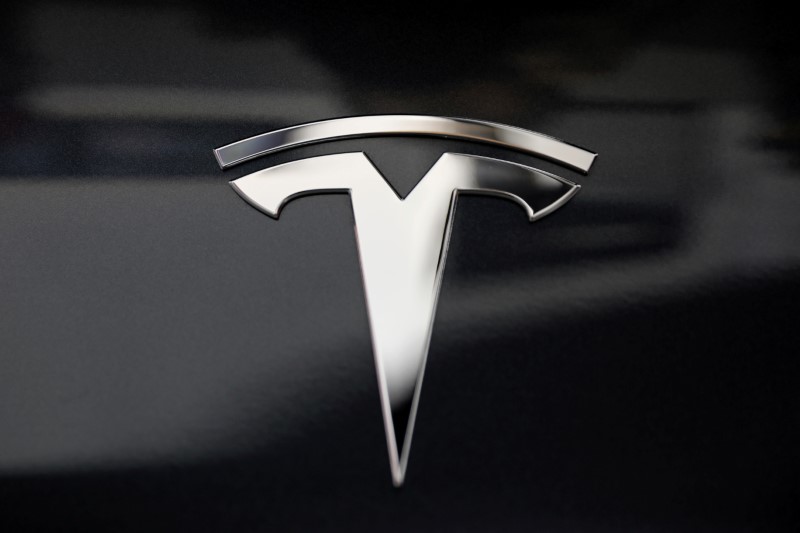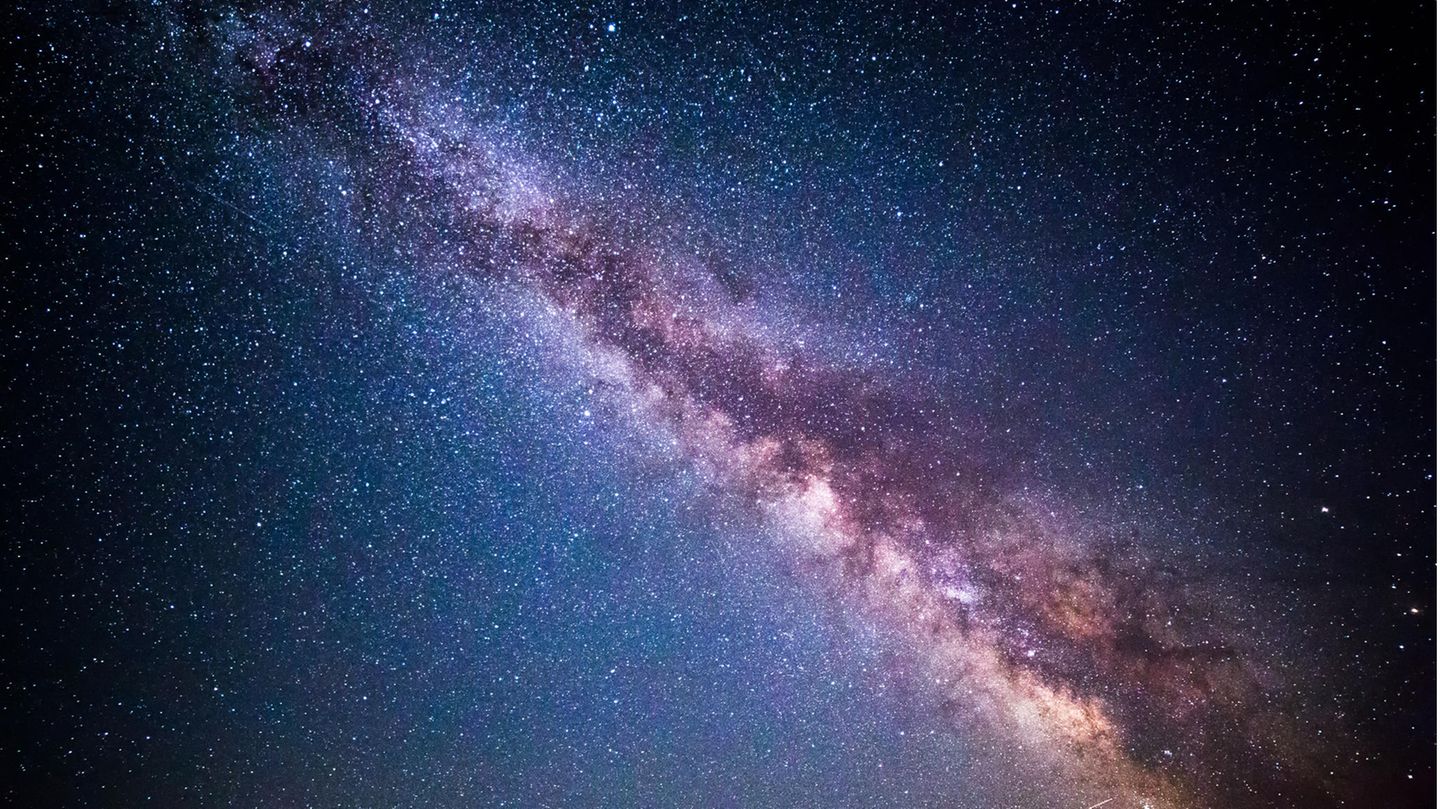Cape Canaveral (dpa) – It initially appeared that an American space mission aimed at the first successful commercial landing on the moon had failed. Astrobotic, a Pittsburgh company, said there was a flaw shortly after its launch on Monday. Initially, the start went as planned and the systems worked as expected. “Unfortunately, a glitch occurred that prevented Astrobotic from assuming a stable position facing the sun.”
According to preliminary investigations, this was likely due to a malfunction in the drive system, as was reported shortly thereafter. If confirmed, the planned soft landing on the Moon would also be in jeopardy. In addition, the battery charge temporarily reached a low level until it became possible to direct the position of the capsule towards the sun and charge the battery again.
But shortly afterwards, Astrobotic announced that fuel now appeared to be leaking. “The team is trying to stabilize the loss, but given the situation, our priority was to maximize the science data we could collect. We are currently analyzing alternative mission profiles that may be possible at this time.”
“Every success and every setback are opportunities to learn and grow,” said NASA Administrator Joel Kearns. “We will use this lesson to advance our efforts in lunar exploration, exploration and commercial development.”
This was supposed to be the first American landing on the moon in 50 years
The unmanned lander “Peregrine” was launched from the Cape Canaveral Spaceport on Monday morning on board a “Vulcan Centaur” rocket from the manufacturer ULA. The capsule was supposed to land on Earth's satellite at the end of February in an area called Sinus Viscositatis (Gulf of Adhesion) and complete the first unmanned American landing on the moon since the Apollo mission more than 50 years ago.
In April 2023, a Japanese company failed a similar mission, with Ispace citing an incorrect calculation of the lander's altitude during the landing attempt.
Through Peregrine Mission 1, individuals were able to purchase space to transport materials to the Moon in a lander measuring 1.9 meters high and 2.5 meters in diameter. NASA also wants to prepare its own expeditions to Earth's companions using several instruments in flight. NASA wants to examine the Moon's exosphere, among other things, during the mission. In addition, the thermal properties and hydrogen content of the material on the moon's surface (regolith) will be studied.
NASA wants to send astronauts to the moon again in 2025
As with the International Space Station, NASA is working increasingly closely with commercial providers on lunar projects because this is an efficient and ultimately cost-effective approach. Conversely, the business model of private companies has so far often relied on government clients.
Within the framework of the “Artemis” program, NASA currently wants to orbit the moon with three men and a woman in the ten-day “Artemis 2” mission at the end of 2024. In 2025, “Artemis 3” will see – at least according to the current plan – Astronauts have landed on the moon again after more than half a century, including a woman and a non-white person for the first time. The long-term goal of Artemis is to create a permanent lunar base as a basis for missions to Mars.
© dpa-infocom, dpa:240108-99-526858/6

“Alcohol buff. Troublemaker. Introvert. Student. Social media lover. Web ninja. Bacon fan. Reader.”







More Stories
What is dark matter? This phenomenon is explained simply
Consciousness in animals: and they still feel
Question for information – What is the impact of climate change on migratory birds?